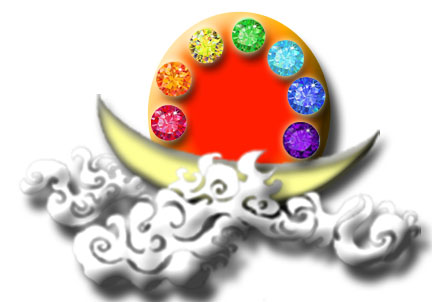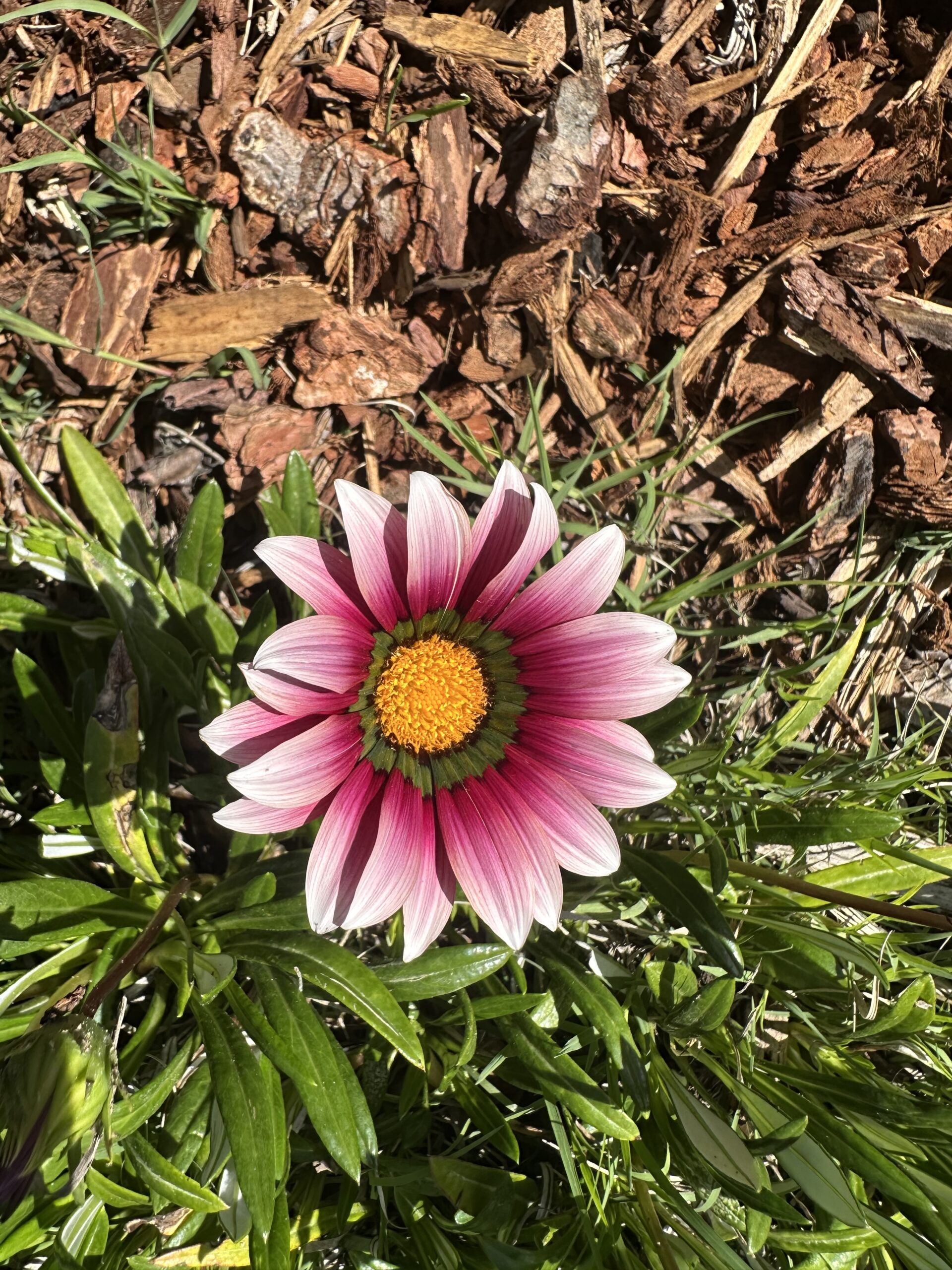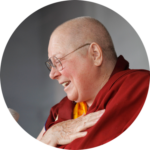
We started our discussion today of the mahayana state of prajna expressed in the words “…no suffering, no accumulation, no cessation, and no path; . . .” from the Heart Sutra. The following is a summary of some of that discussion:
How does the above verse relate to the Four Noble Truths as normally taught?
During the fundamental and early teaching during Shakyamuni Buddha’s Agama Period the Four Noble Truths were taught as the first turning of the wheel of Dharma. Pabongka Rinpoche told us that the Four Noble Truths “. . .were called ‘truths’ because they are true according to how Aryas perceive things. . . Monks! That is the noble truth of suffering. That is the noble truth of the source. That is the noble truth of cessation. That is the noble truth of the path.”
In the mahayana view these truths are then negated to express the truth of emptiness. Expounding the Absolute Truth through the Heart Sutra uses “accumulation” instead of “source” for the second Noble Truth. The translator explains that “The Chinese character 集 (ji) normally means accumulation or aggregation. However, in the context of the second of the four noble truths, it is also commonly translated as origin, origination, arising, or cause, referring to the origin [source] of suffering.”
Whar are the four major levels within prajna?
“There are very many levels within prajna. There are the levels of Mahayana, Hinayana, Madhyamayana, and Tantrayana. There are also levels and states that are subdivided into sections or branches, corresponding with the states and characteristics of prajna that each person has actually and finally attained based on that person’s state of realization and virtue.”
What is the mahayana state of prajna expressed here?
“The unreal is the real. The real is the unreal. The holy and the mundane are fundamentally one and the same. It only takes one thought that leads to awakening to awaken to the truth that samsara is nirvana. In this truth of thusness and emptiness in nature, afflictions are enlightenment. Therefore, there is no accumulation that can be severed, no suffering that can be given up, no path that can be practiced, and no cessation that can be realized. The four noble truths are all nonexistent. Thus, there is no suffering, no accumulation, no cessation, and no path.“
What is meant by the statement “samsara is nirvana”?
“The holy and the mundane are fundamentally one and the same. It only takes one thought that leads to awakening. Having attained awakening, one’s initial understanding of this principle is established. When one’s understanding becomes strong and one is not affected by phenomena, one naturally realizes that samsara is nirvana. That is, cyclic birth and death is the state of nirvana. This refers to people who have attained awakening. Afflictions then turn into enlightenment. You disciples already know about the afflictions. Therefore, there is no accumulation that can be severed. So, after understanding this principle, not only is there no accumulation that can be severed and no suffering that can be given up, there is also no path to practice. There is no path that needs to be practiced. In addition, there is no cessation that can be realized.”
We also discussed these concepts in more detail and other related matters including the reasons for differences in understanding between the hinayana and the mahayana as well as how the Four Noble Truths relate to the twelve links of Conditioned or Dependent Origination and the use of koans in the Zen schools.
Be sure and enroll in DCB24-Expounding the Absolute Truth through the Heart Sutra: Part TWO-III, if you want to join our long term study of the Heart Sutra or the broader study of C41(A)-the Three Principle Stages & Paths of Buddhist Practice. There is an expanded article on C41(A) that explains its scope and content, which was discussed before starting DCB24 last Saturday. CLICK for video of that discussion and revised maps of this roadmap to C41(A). DCB24 is one of the Learning from Buddha College & Seminary (LFBCS) courses that are included in C41(A). There is also another article that discusses G03(A) and G03 Evolution of Buddhism, two additional courses that are also part of C41(A).
CLICK for a list of available classes in each of the programs: Auditing, Buddhist Studies, and Xiuxing Seminary. Those with membership in the Xiuxing Seminary Program who are only interested in serious practice and not opening a Dharma Center may also elect to follow the Xiuxing Practice Program and take a seven or thirty-day Solitary Retreat.
Next:
We will start our discussion of the “Methods Used by Different Schools & Traditions” and Lesson 23 of LFBCS Course DCB24 at our January 11, 2025 ZOOM session at 9:00 am discussing the Heart Sutra. If there is time we will also discuss the “Four Noble Truths” in more detail.
If you have enrolled in C41(A) or DCB24 or DCB23 or DCB22 or DCB21 or DCB26) you may continue to use the same ZOOM link to attend the Saturday morning discussions. However, you will need to enroll in the appropriate course to be able to watch the video recordings of the classes, download study materials, or study the related questions.
TO DATE: DCB24-Expounding the Absolute Truth through the Heart Sutra: PART TWO–III and C41-Three Principal Stages & Paths of Buddhist Practice
The recording of the January 4, 2025 DCB24-Lesson 22 class is now available. All of the recordings and summary of ZOOM discussions for DCB21, DCB22, DCB23. and DCB26-Expounding the Absolute Truth through the Heart Sutra are now available. You must be enrolled in each of these classes in one of the full membership programs at the LFBCS to access the course materials, questions covered (in parenthesis), and/or the class recordings. Please note that these links will only work if you are logged into LFBCS with your membership identification number AND are enrolled in this class.
“. . . no suffering, no accumulation, no cessation, and no path; no wisdom, also no attainment. With nothing to be attained, therefore, . . .”
CLICK for article on the entire text of Expounding the Absolute Truth through the Heart Sutra.
CLICK for article with instructions on how to enroll in LFBCS classes and how to register for the ZOOM discussions.
January 4, 2025: Lesson 22-The Great Stage–Wisdom Path of the right view of emptiness, Expounding the Absolute Truth through the Text of the Heart Sutra–III, “. . . no suffering, no accumulation, no cessation, and no path; . . .” (1-14) and (HERE) for recording of class.
January 4, 2025: Roadmap to C41(A)-Three Principal Stages & Paths of Buddhist Practice. Video of class discussion.
CLICK for article on the last class held on DCB23 and links to all 13 ZOOM class discussions on DCB23 held from August 24, 2024 to November 16, 2024,
CLICK for article on the last class held on DCB22 and links to videos of all 21 ZOOM class discussions on DCB22 held from February 10, 2024 to April 20, 2024 and from June 29, 2024 to August 3, 2024.
CLICK for article on the last class held on DCB21 and links to videos of all 18 ZOOM class discussions on DCB21 held from November 21, 2022 to April 1, 2023. Note: not all of the forwards, notes, and introductions are complete.
CLICK for article on last class held on DCB26 and links to videos of all 8 ZOOM class discussions held on DCB26 held from April 20, 2024 to June 22, 2024.
CLICK for Background information on Expounding the Absolute Truth through the Heart Sutra and why it is such an important text.
CLICK for information on S01-Supreme and Unsurpassable Mahamudra of Liberation (SAUMOL) Seminar.





Add comment